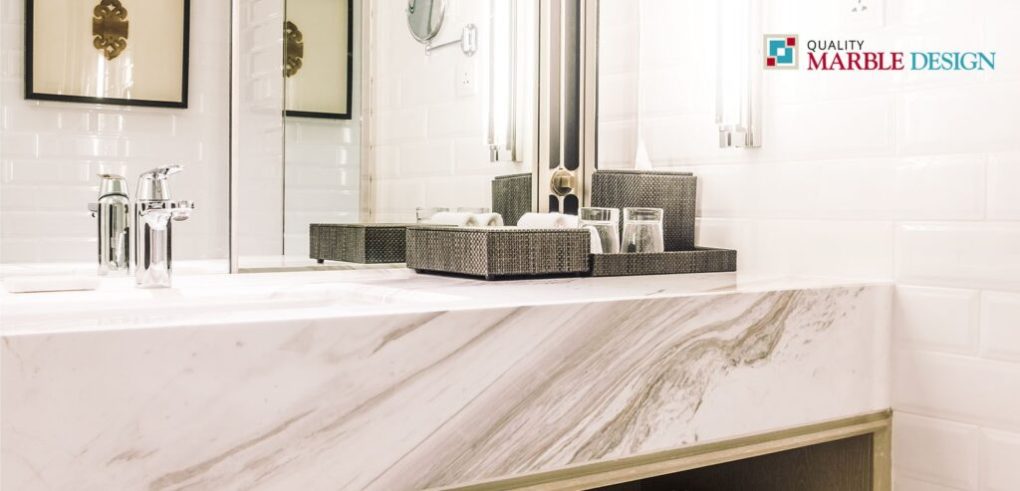Proper countertop installation is crucial for ensuring longevity and functionality in your kitchen or bathroom. According to industry experts, poorly installed countertops can lead to significant issues, including structural damage and increased maintenance costs.
Smooth and Level Surface
A correctly installed countertop should have a smooth and level surface. Any unevenness or gaps can be a sign of poor installation. To check this, use a level tool across various points of the countertop. The bubble in the level should remain centered, indicating that the surface is even. Additionally, run your hand over the surface to feel for any irregularities. A well-installed countertop from a reputable countertop warehouse will not have bumps or dips.
Secure and Flush Edges
The edges of your countertop should be securely attached and flush with the adjoining surfaces. Inspect the seams where the countertop meets the walls, cabinets, or backsplash. There should be no noticeable gaps or misalignments. Properly done edges enhance both the aesthetic and functional aspects of the countertop, ensuring that there are no spaces where water or debris can accumulate.
Firm Attachment
One of the primary signs of a successful countertop installation is its firm attachment to the cabinets or base. Press down on various parts of the countertop to ensure it does not move or shift. A correctly installed countertop should feel solid and stable. Any movement or wobbling indicates that the installation may not have been done correctly, potentially leading to future issues.
Proper Sealing
Sealing is vital in preventing water damage and stains, especially for porous materials like granite or marble. Inspect the sealant along the edges and seams of the countertop. The sealant should be evenly applied without any gaps or bubbles. Poor sealing can lead to water penetration, causing damage to both the countertop and the underlying cabinets. Ensuring proper sealing from the start can save you from costly repairs down the line.
Alignment with Fixtures
Check how well the countertop aligns with other fixtures in your kitchen or bathroom, such as sinks and faucets. There should be no gaps or misalignments that compromise functionality or aesthetics.
Proper Overhang
If your countertop has an overhang, such as for a breakfast bar or island, it should be correctly supported and level. An improperly installed overhang can be unstable and potentially hazardous.
Grout and Caulk Application
For countertops with tile surfaces or where backsplashes meet the countertop, inspect the grout lines and caulk application. These areas should be neat, with consistent application and no signs of cracking or gaps.
Clean and Finished Edges
The edges of the countertop should be smooth and finished. There should be no rough edges or unfinished surfaces that could pose a safety risk or detract from the overall appearance.
Summing Up
Investing in a properly installed countertop is essential for both functional efficiency and aesthetic appeal in your kitchen or bathroom. By paying attention to details such as surface levelness, edge security, firm attachment, and sealing quality, you can ensure that your countertop will serve you well for years to come. Quality Marble Design stands ready to provide expert guidance and top-notch service tailored to your needs. Hence, reach us out and explore our range of countertop options and elevate your living spaces with quality craftsmanship and reliability.



